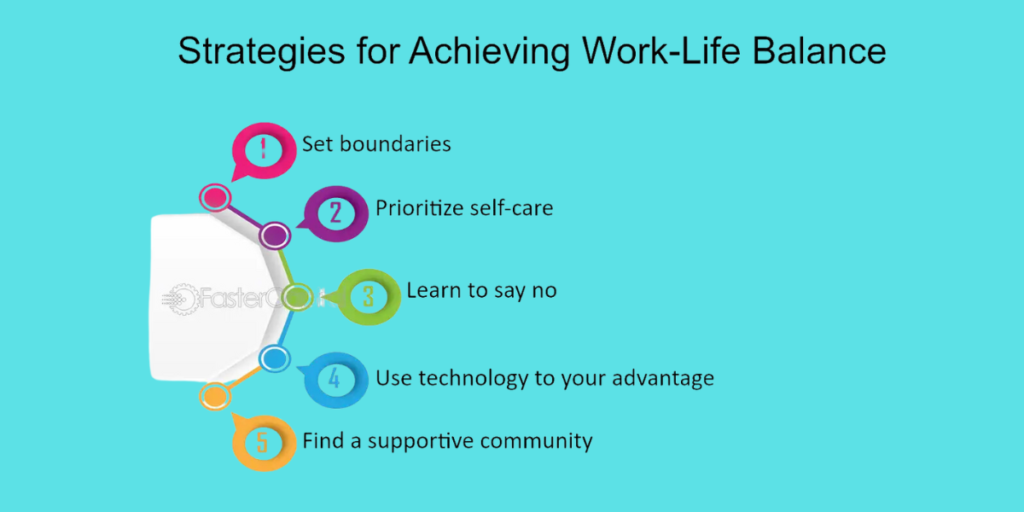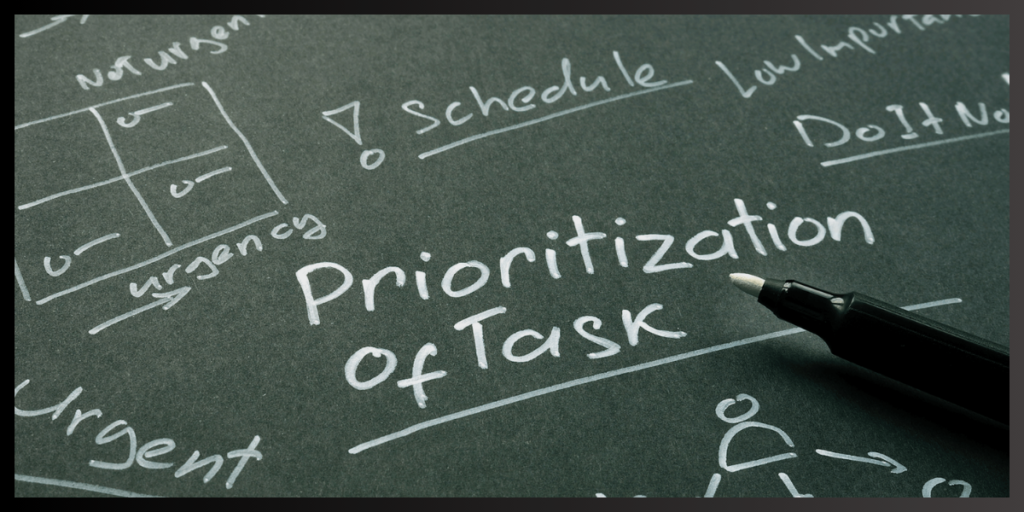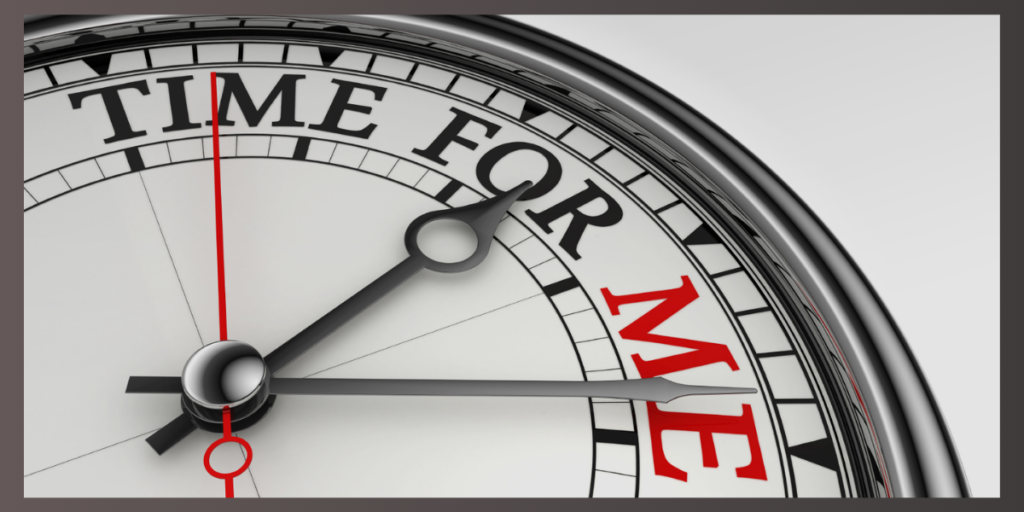In today’s fast-paced world, achieving a harmonious work-life balance is more critical than ever. As technology continues to blur the lines between our personal and professional lives, many individuals find themselves struggling to maintain a healthy equilibrium. However, a balanced lifestyle is essential for overall well-being, productivity, and satisfaction. This article explores effective strategies for achieving work-life balance, providing practical tips for modern professionals.
Understanding Work-Life Balance
Work-life balance refers to the state of equilibrium where a person equally prioritizes the demands of their career and personal life. Achieving this balance does not mean an equal division of time but rather the ability to manage both areas effectively without one overshadowing the other. A good work-life balance helps reduce stress, prevent burnout, and improve overall quality of life.
Strategies for Achieving Work-Life Balance
Set Clear Boundaries
One of the most effective ways to achieve work-life balance is by setting clear boundaries. This means defining when you are available for work and when you are not. Establishing these boundaries can help prevent work from encroaching on personal time. For example, you might decide not to check work emails after 6 PM or to leave work at the office and avoid taking it home. Communicate these boundaries to your colleagues and supervisors to ensure they understand and respect your time.
Prioritize Your Tasks
Effective prioritization is key to managing both work and personal responsibilities. Start by identifying the most critical tasks and tackle them first. Use tools like to-do lists, planners, or digital apps to keep track of your priorities. Learn to delegate tasks that can be handled by others and don’t hesitate to say no to additional responsibilities that could overwhelm your schedule. By focusing on what truly matters, you can ensure that both your work and personal life receive the attention they deserve.
Embrace Flexibility
In the modern workplace, flexibility can be a powerful tool for achieving work-life balance. Many companies now offer flexible working hours, remote work options, or compressed work weeks. Take advantage of these opportunities to create a schedule that aligns with your personal needs and preferences. Flexibility allows you to manage personal commitments, such as attending a child’s school event or taking care of a family member, without compromising your professional responsibilities.
Make Time for Yourself
Self-care is a crucial component of work-life balance. It is essential to carve out time for activities that rejuvenate and energize you. Whether it’s exercising, reading, meditating, or pursuing a hobby, make sure to include these activities in your daily routine. Prioritizing self-care helps reduce stress, improve mental health, and increase overall happiness, making you more effective in both your personal and professional life.
Develop a Strong Support Network
Having a strong support network is invaluable in maintaining work-life balance. This network can include family, friends, colleagues, or professional mentors. Surround yourself with people who understand your goals and challenges and can offer support and advice when needed. Don’t hesitate to seek help or delegate tasks to others in your network. A robust support system can provide the emotional and practical assistance required to navigate the complexities of modern life.
Utilize Technology Wisely
While technology can blur the lines between work and personal life, it can also be a powerful tool for achieving balance. Use technology to streamline your work processes and improve efficiency. Tools like project management software, communication apps, and calendar systems can help you stay organized and manage your time effectively. However, it’s crucial to set limits on your technology use to prevent it from taking over your time. Consider implementing “tech-free” zones or times to disconnect and recharge.
Practice Mindfulness and Stress Management
Mindfulness and stress management techniques can significantly improve your work-life balance. Practices such as meditation, deep breathing exercises, and yoga can help you stay grounded and focused, reducing stress and increasing your ability to handle challenges. Incorporate these practices into your daily routine to enhance your overall well-being and maintain a balanced perspective.
Conclusion
Achieving work-life balance is an ongoing process that requires intentional effort and regular adjustments. By setting clear boundaries, prioritizing tasks, embracing flexibility, making time for self-care, developing a support network, using technology wisely, and practicing mindfulness, modern professionals can create a harmonious balance between their personal and professional lives. Ultimately, a well-balanced life leads to increased happiness, productivity, and fulfillment, enabling you to thrive both at work and at home.






